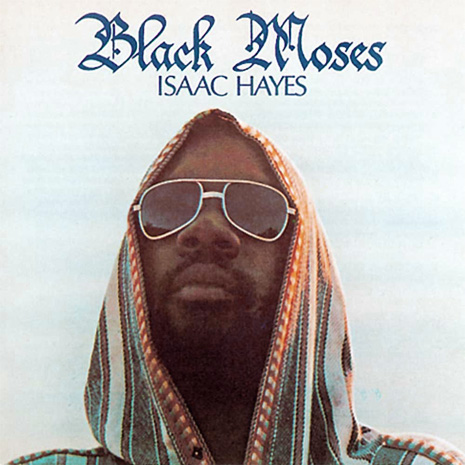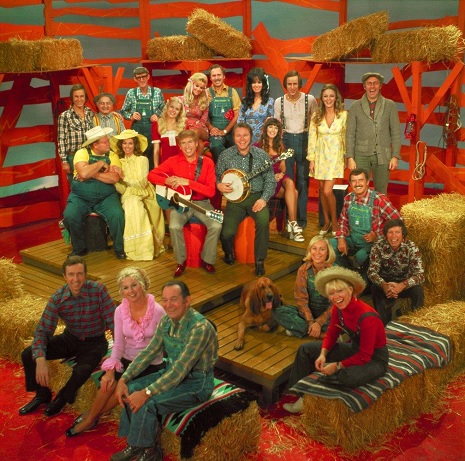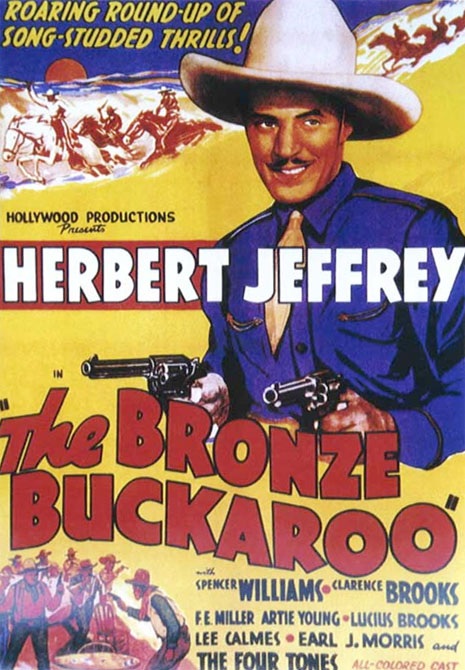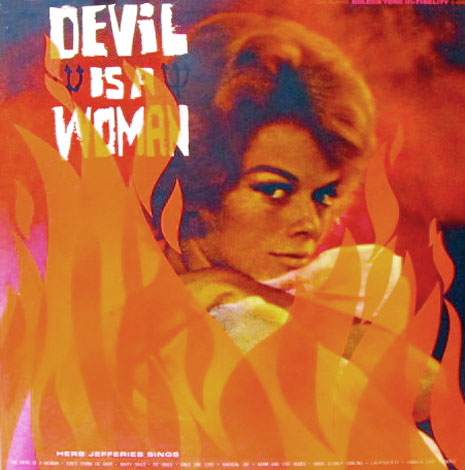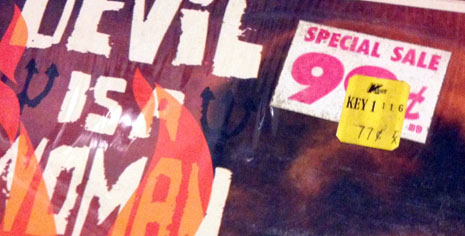
In just a few days all of Germany will decide between the Christian Democratic incumbent chancellor, Angela Merkel, and the Social Democratic challenger, Peer Steinbrück. (Germans sensibly schedule their elections for the weekends, when people don’t have to deal with workday commutes and so forth.) Merkel is overwhelmingly likely to win, the polls tell us.
Last month the Italian chocolate company Ferrero decided to capitalize on election fever by releasing a politics-themed commercial in order to promote their white chocolate kisses (called Küsschen) that has irritated more than a few observers. I’m not entirely sure, but I think the concept is a little bit like McDonald’s McRib sandwich; the point of the commercial seems to be that the little white chocolate kisses—emphasis on “white” here—will stick around for good, i.e. they’ll stop being a seasonal product. Something like that, anyway. The ad was created by M&C Saatchi.
In the commercial, a package of white chocolate Ferrero Küsschen is giving a political address in a large hall packed with lily-white and faintly Aryan Bürger (citizens). I scoured the commercial for a nonwhite face, but I failed to find any. I say “faintly Aryan” but in fairness most of the people I saw have brown hair—perhaps M&C Saatchi was anticipating the outrage the commercial would cause? It’s pretty creepy either way, it’s just so many smiling white faces.
“Dear friends!” cries the cute little box. “We all have one common wish, to make the country more delicious! We want white Ferrero kisses for ever! And because friendship is no minor matter (kein kurzer Trend ist), we demand—white nut stay! and now everybody: White nut stay!” The crowd chants: “White nut stay!” (In the original German, the phrase is not quite grammatical, and it sounds virtually identical to the sentence “White must stay”) The voiceover intones: “Germany votes white! White Ferrero kisses, now available forever!” As the commercial ends, a poster unfurls reading “Germany Votes White.”
Cue one gigantic facepalm.
Where to begin? For reasons I needn’t detail here, racial purity is quite obviously an extremely touchy subject in Germany—indeed, perhaps it’s a touchier subject in Germany than any other place in the world. Germany since World War II has behaved much better on tolerance issues, but xenophobia is a persistent problem in Europe generally. The depiction of a political rally full of enthusiastic Germans emphasizing the virtues of whiteness—I mean, you don’t have to be Dr. Siegfried Kracauer to detect the uncomfortable symbolism lurking within.
One irritated person wrote on the Facebook page dedicated to the ad campaign, “I hope the advertisers behind this dumb campaign get a chocolate kiss stuck in their throats, and there aren’t any Nazis around to dislodge it.” Ouch. Tahir Della, Chairman of the Initiative for Black Germans, notes that the very fact that this commercial made it as far as the airwaves “shows how subtle racism can be in Germany. It’s recognizable to people who are affected by it but the majority doesn’t catch on so quickly.” He points out that Germany is becoming more diverse but still largely regards itself as a homogeneous country, a dynamic that we also see playing out in the United States, if only in the minds of some of our less evolved citizenry.
Ferrero has pulled the commercial. In an email statement, Ferrero offered the following CYA blather: “It is important for us to clearly stress that we are strictly against any form of xenophobia, right-extremism or racism. . . . All of our assertions were purely about white chocolate—and without xenophobic intent. We regret that the commercial was misunderstood and the product messaging was otherwise construed.”
“Misunderstood,” right . . . it’s really the fault of everyone else who isn’t willing to cut the Ferrero company a break. Ah, how about making a commercial that doesn’t obviously brush up against such sensitive issues?
In an odd twist, the commercial appropriates (not very cleverly, in my opinion) the best-known slogan of the most famous multicultural candidate in the world. In the commercial some of the audience members are holding signs saying “Yes Weiss Can” (Yes, White Can), which is an obvious nod to President Obama’s 2008 slogan “Yes We Can”—but it doesn’t even rhyme or anything, and weirdly mixes German and English. (It should be noted that President Obama is wildly popular in Germany, as he is in most of Europe.)
via Spiegel Online
Posted by Martin Schneider
|
09.18.2013
10:24 am
|








